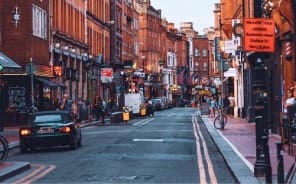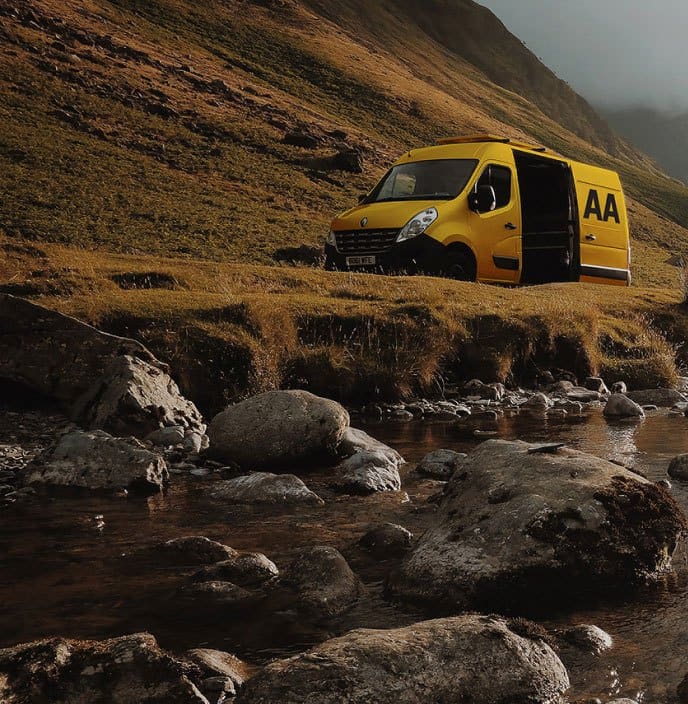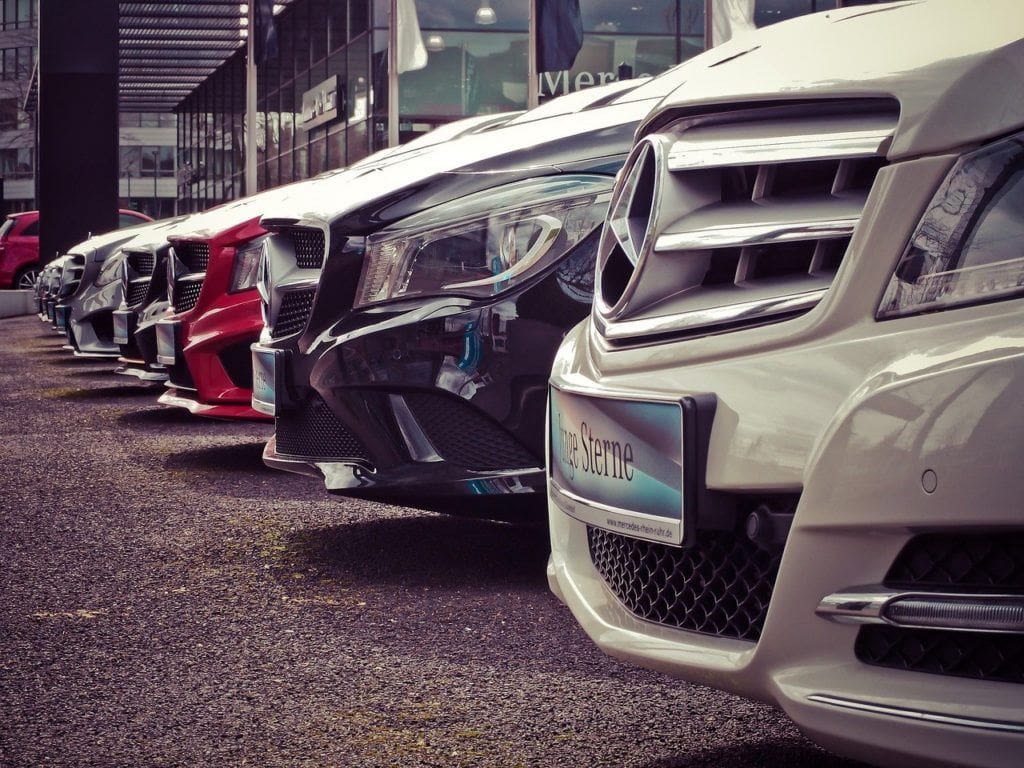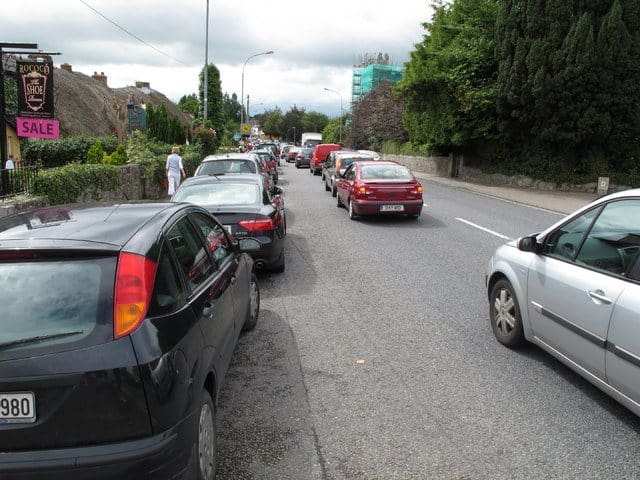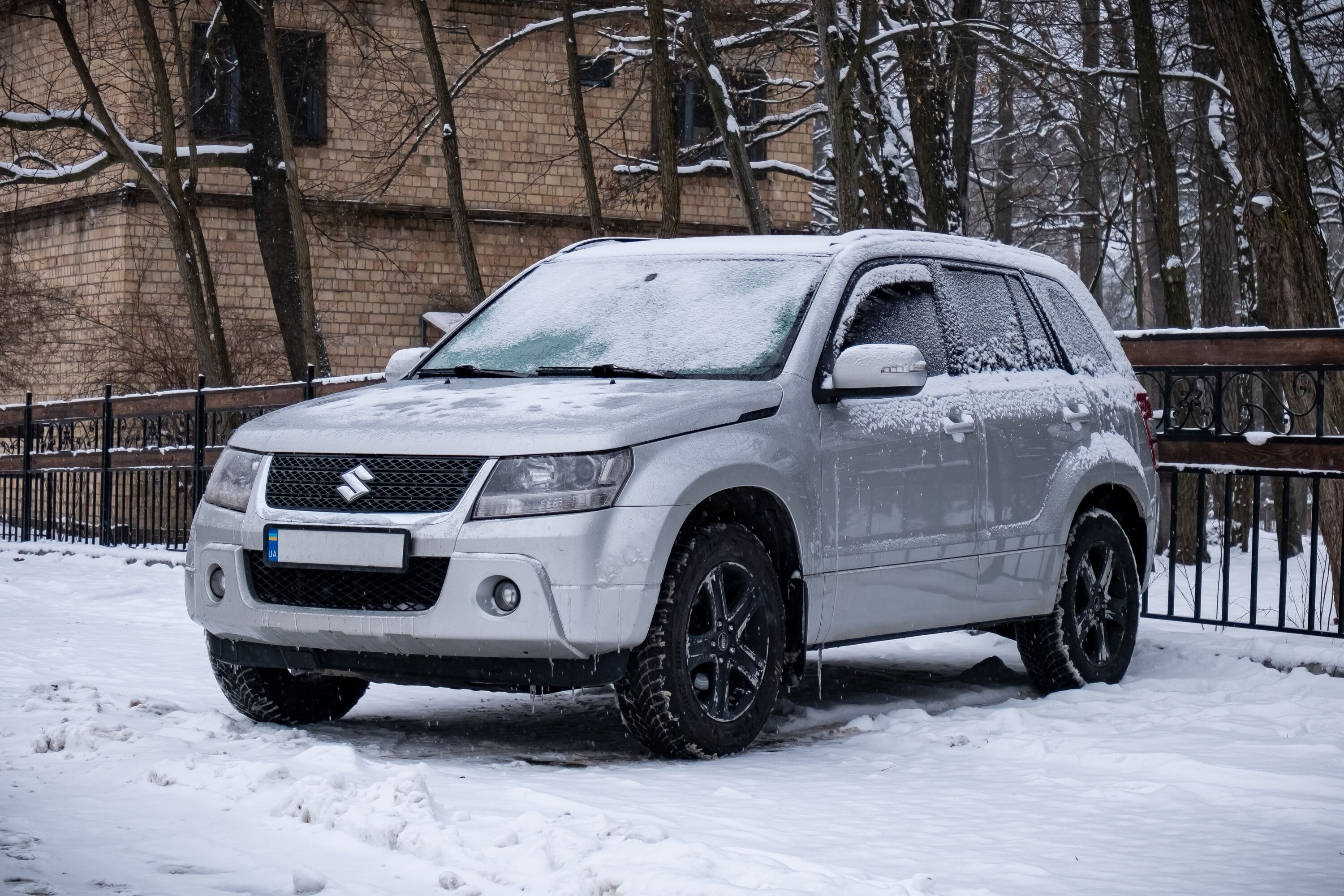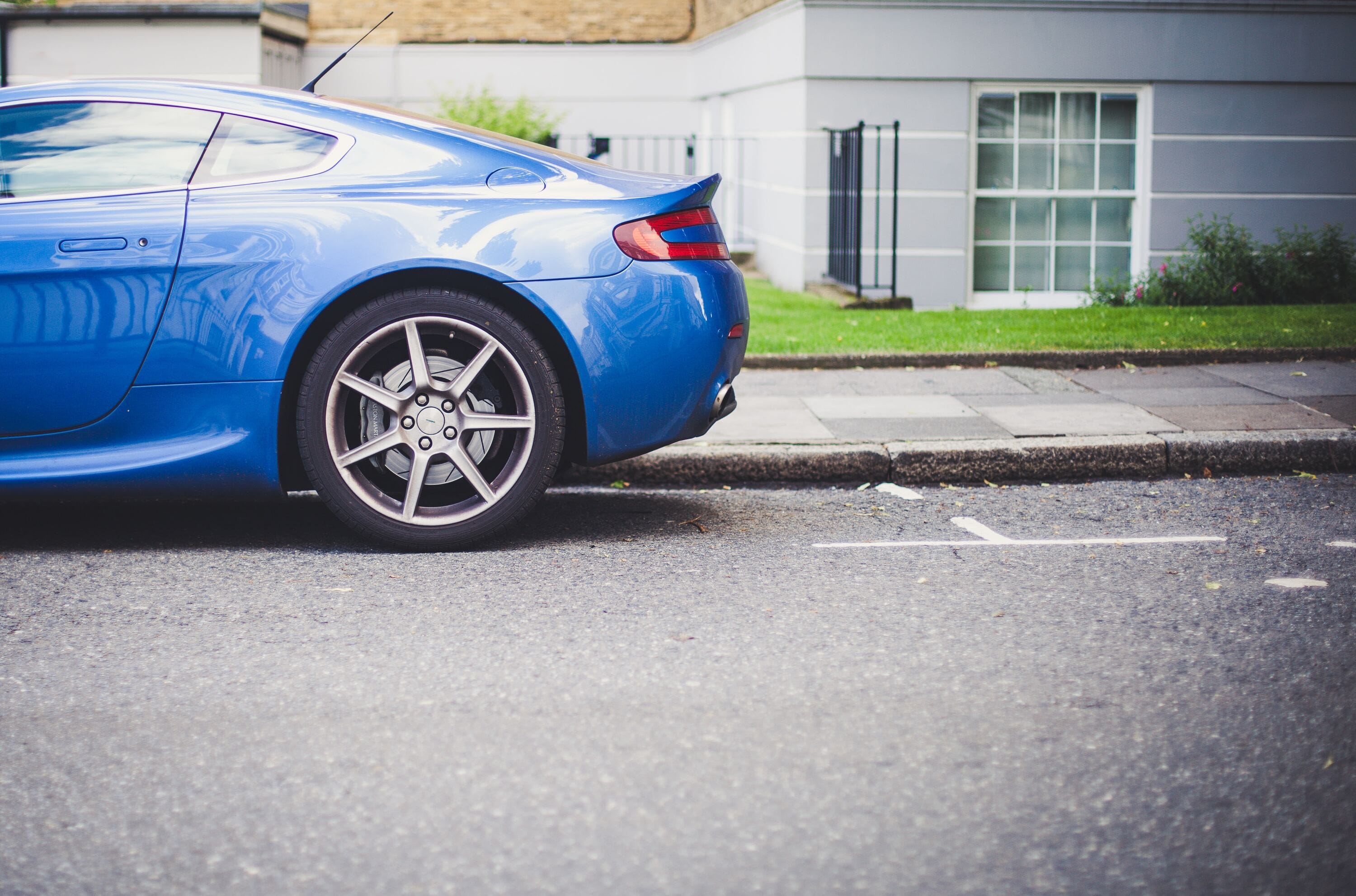There are plenty of factors to consider when buying a new car, looking at everything from safety to appearance. What you might not realize is that safety and appearance are not necessarily mutually exclusive. There’s evidence to suggest that even the colour of your car can influence how safe you are while driving it.
According to a CSO report on Ireland’s Top Motors, 37.7% of the 84,309 private new cars bought in 2020 were grey. This stat hasn’t differed much in the past 4 years, making grey the new black when it comes to dressing your automobile! In second place comes black itself (17.8%), followed by white (15.7%), blue (15.2%) and red (11.1%). The remaining 2.5% is made up of the rest of the rainbow.
The question is: which one is safest?
In 2007, Monash University in Australia published a report comparing the crash risk of cars based on their colour. Their study looked at seventeen different car colours – from the more common grey, black and red; to the more out-there pink, purple and yellow.
The study found that white cars posed the lowest crash risk; whereas black, blue, grey, green, red and silver posed the highest. This is primarily down to visibility, with brighter colour cars being more visible in daylight. Yellow cars also posed a lower crash risk thanks to their eye-catching shade – we do like to think our AA vans are easy to spot on the side of the road!
Needless to say, when it comes to safety while driving, driver behaviour has far more impact than car colour. Proper use of your car’s lights is vital to ensuring visibility on the road. In daylight hours, use DRLs (Daytime Running Lights) or dipped headlights and make sure to switch on your full headlights in the dark. Hazard lights can warn of a hazard up ahead or allow you to be seen if you’re obstructing traffic in some way.
You also reduce your risk of collision when you slow down and leave a safe stopping distance between you and other road users. On a dry road, this means allowing 2 seconds to elapse between the driver in front passing a landmark and you reaching that same point. Double that to 4 seconds on a wet day.
So, what have we learned? Obeying the rules of the road is vital and doing this in a white car is an added bonus! If you’re happy to tolerate more frequent trips to the car wash, buying white might be the way to go.
In the market for Car Insurance? Check out AA Car Insurance to get a quote now.

